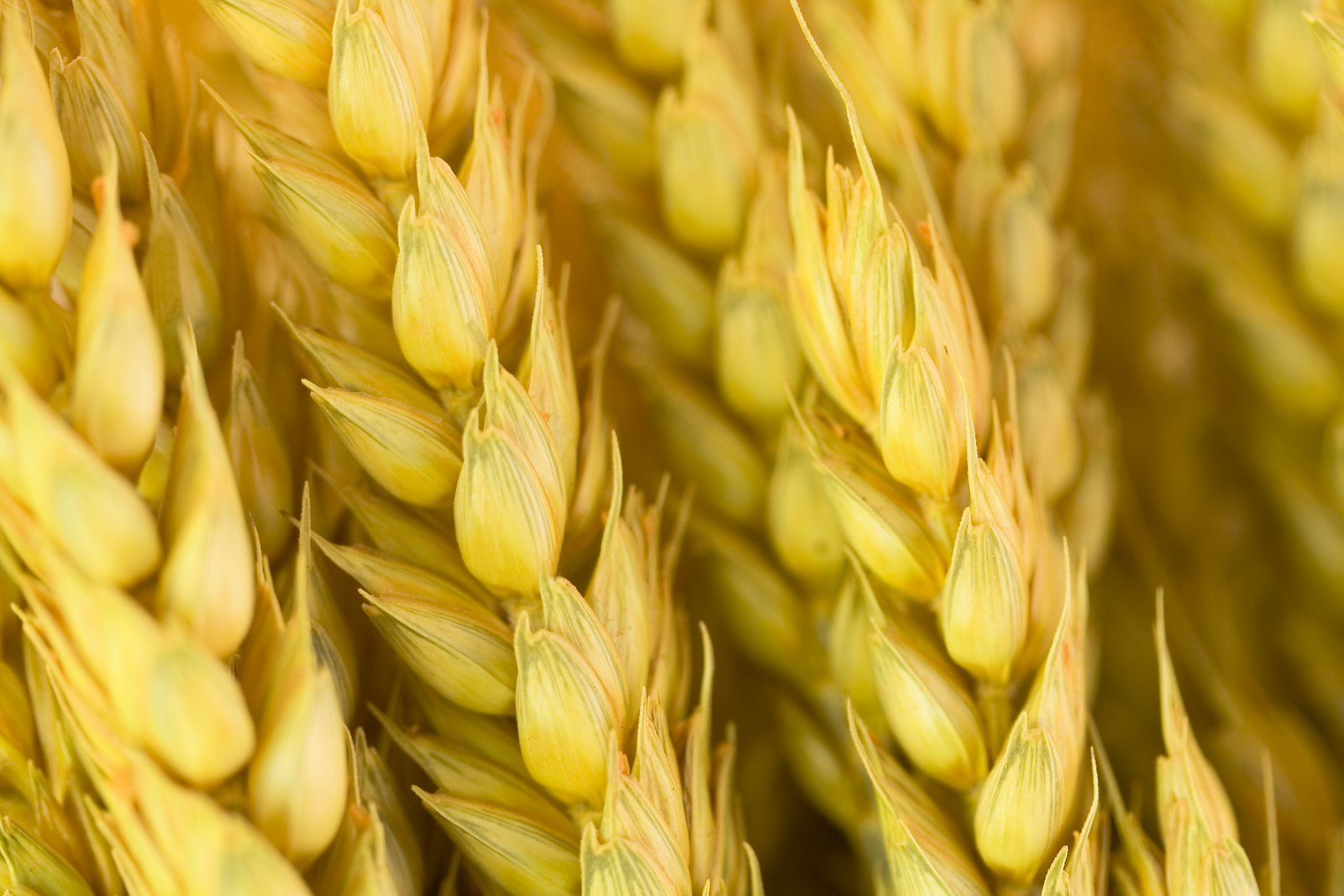Focusing on fibre analysis

Despite ongoing research, our understanding and definition of fibre still does not match the needs of food and feed industries. A recent FOSS conference called ‘Re-think fibre’ set out to shed more light on the complex area.
Something that can be said about fibre analysis with certainty is that it’s complicated, both in terms of methods and definitions. The differences across food and feed add another dimension to the fibre universe. Nonetheless, the recent ‘Re-thinking Fibre’ event set out to boldly to go where no FOSS conference has gone before with a day of presentations and discussion aimed at taking a fresh look at how to test fibre in food and animal feed.
Challenges in lab and feed mill
From a laboratory angle, FOSS laboratory segment manager, René Fuhlendorff noted how the definition of fibre and its value for human and animal metabolism has shifted immensely since Fibre analysis methods were originally defined 150 years ago. “The original definition of Fibre, simply defined as what we can measure empirically, has moved towards a new definition of dietary fibre that includes a clarification of important fibre constituents as well as their nutritional value,” he said. Co-hosting the event, FOSS feed market manager Laura Locatelli said: “More pressure on limited resources and price volatility means that feed producers can no longer rely solely on commodity ingredients such as corn, wheat and soya. By-products are becoming increasingly important as an alternative, but how do we determine the fibre content in these products?” A better analytical characterization will not only help us to determine how much of an interesting by-product we can include in a formula, but also to decide whether the addition of feed additives or pre-treatment is necessary. And, as with food laboratories, more interesting opportunities emerge when dietary fibre is brought into the picture.
Different meanings of dietary fibre
In animal nutrition, the focus is on Feed efficiency and environmental impact. But in human nutrition, the focus is on gut health and metabolic health. To use an example from the conference discussions: Arabinoxylan (AX) is the largest Detergent Fibre component in cereals with a very complex structure. Being part of the cell walls in cereals makes AX only partly extractable (soluble). In animal nutrition, AX is considered negative due to its impact on digestibility of protein and fat and furthermore on the utilisation of nutrients. In contrast, in human nutrition, AX is considered positive due to its potential to influencing digestion, absorption and metabolic health. Presenting on this subject Professor Knud Erik Bach Knudsen, Research Department of Animal Science, Aarhus University, Denmark said: “In animal feed we want to maximise the utilisation of nutrients, whereas in human nutrition, you could say that in many cases we are over-supplied with energy and we want to reduce the uptake.”
What can be done?
Judging by the round-table discussion concluding the event, there wasn’t a particular flash of discovery about how to move forward with fibre analysis, but the day’s journey through the world of fibre did reveal areas of both progress and need. From the feed angle, Laura Locatelli questioned the value of crude fibre (CF) to characterise the fibrous component of a given feed ingredient. As an alternative, the term ´Dietary Fibre´(DF) takes into account the physiological aspects as well as the chemical ones. This is particularly important when designing new nutritional strategies to better exploit feed ingredients for monogastric animals (chickens and pigs).
However, she admitted that such a change would not be easy because current feed ingredient evaluation systems and profiles use CF or NDF/ADF to calculate energy value. “It’s time to challenge the status quo in animal nutrition and move on to the DF method to get a much better idea of this fibre fraction,” she said. When it comes to defining fibre in food, René Fuhlendorff explained how the situation is more dynamic. “Definitions of fibres and thus methodologies are not static. Much has happened since the CODEX definition of dietary fibre was proposed in 2008,” he said. “Many new methods have been developed and characterised by type, based on their intended use. For the professional laboratory there is a huge task in choosing the right method to provide the right advice for their customers.” In addition, more work is required to define troublesome fibre components such as resistant starch (RS). “Of all of the components defined as dietary fibre, resistant starch (RS) remains as the most difficult to measure,” he concluded.
Summary of progress with defining Dietary Fibre in food and feed
In 2011, the Codex Committee on Methods of Analysis and Sampling (CCMAS) endorsed 17 methods of analysis of dietary fibre in food: Defining methods (Type I), Reference methods (Type II), Alternative Approved methods (Type III), and Tentative Methods (Type IV). AOAC Methods 2009.01 & 2011.25 aim to improve over AOAC Methods 985.29 (991.43) by accurately measuring resistant starch (except resistant starch (RS) and non-digestible oligosaccharides (NDO). In feed, definitions remain based on longstanding definitions of Crude Fibre, Non-detergent fibre and Acid-detergent fibre which are used to calculate energy value.











